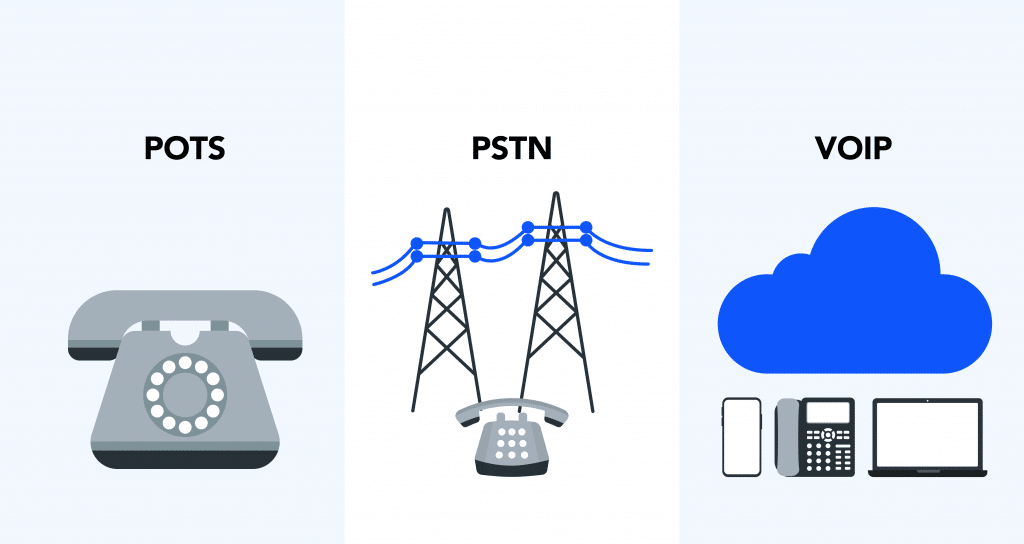Today’s communication technologies are rapidly evolving, providing more efficient solutions for businesses. Understanding the differences between traditional telephone systems, PSTN (Public Switched Telephone Network), and modern digital phone systems, VoIP (Voice over Internet Protocol), is crucial for selecting the right system.
What is PSTN?
PSTN is a circuit-switched telephone system that transmits voice communications via traditional copper wires. Although it has been a reliable communication method for years, it has higher infrastructure costs and lacks the flexibility of VoIP.
What is VoIP?
VoIP is a technology that enables voice communication over the internet. It converts analog voice signals into digital data and transmits them over the web, offering a cost-effective, flexible, and scalable solution.
Comparison of VoIP and PSTN
| Feature | PSTN | VoIP |
| Infrastructure | Copper wires, circuit-switched | Internet-based data transmission |
| Cost | High installation and usage costs | Lower cost, free or low-cost calls |
| Flexibility | Requires a fixed location | Accessible from anywhere |
| Call Quality | Generally stable and high | Depends on internet speed |
| Features | Basic voice calls | Advanced features like call forwarding, video conferencing, and integrations |
Conclusion
VoIP is the ideal choice for modern businesses due to its cost savings, flexibility, and advanced features. PSTN, on the other hand, remains preferred in some industries for its reliability. Choosing the right communication system can enhance your business efficiency.

